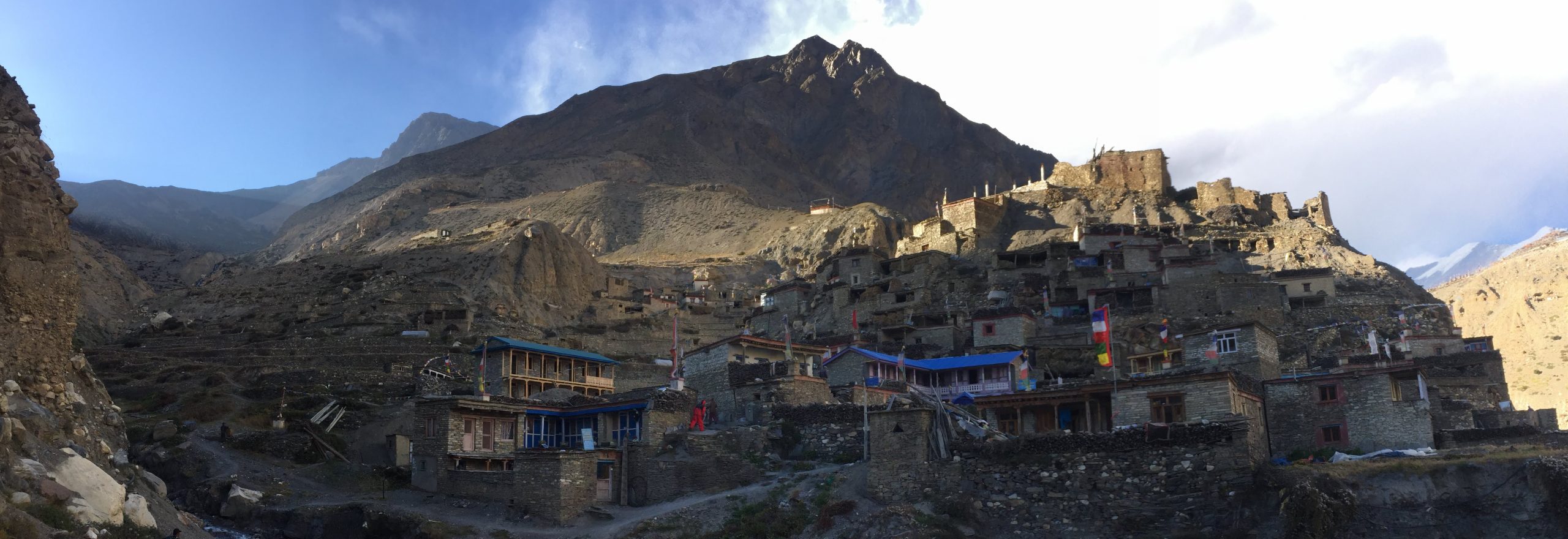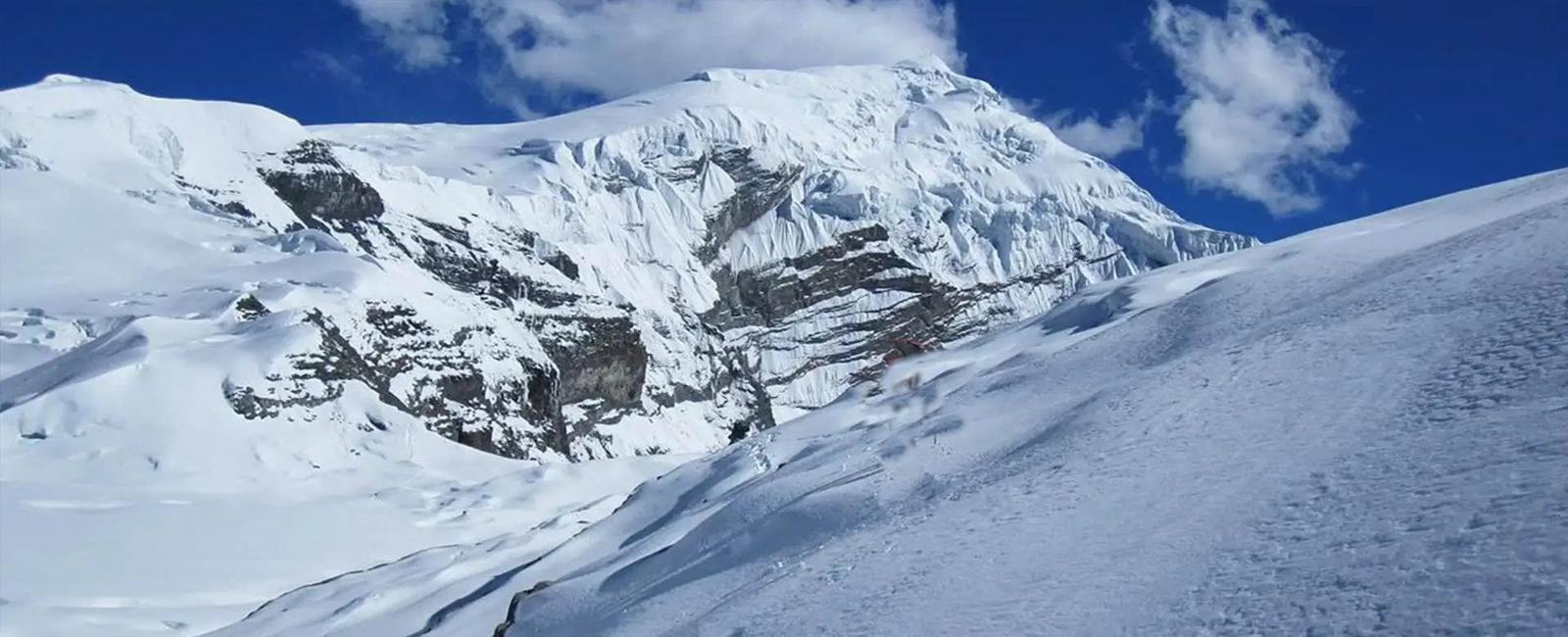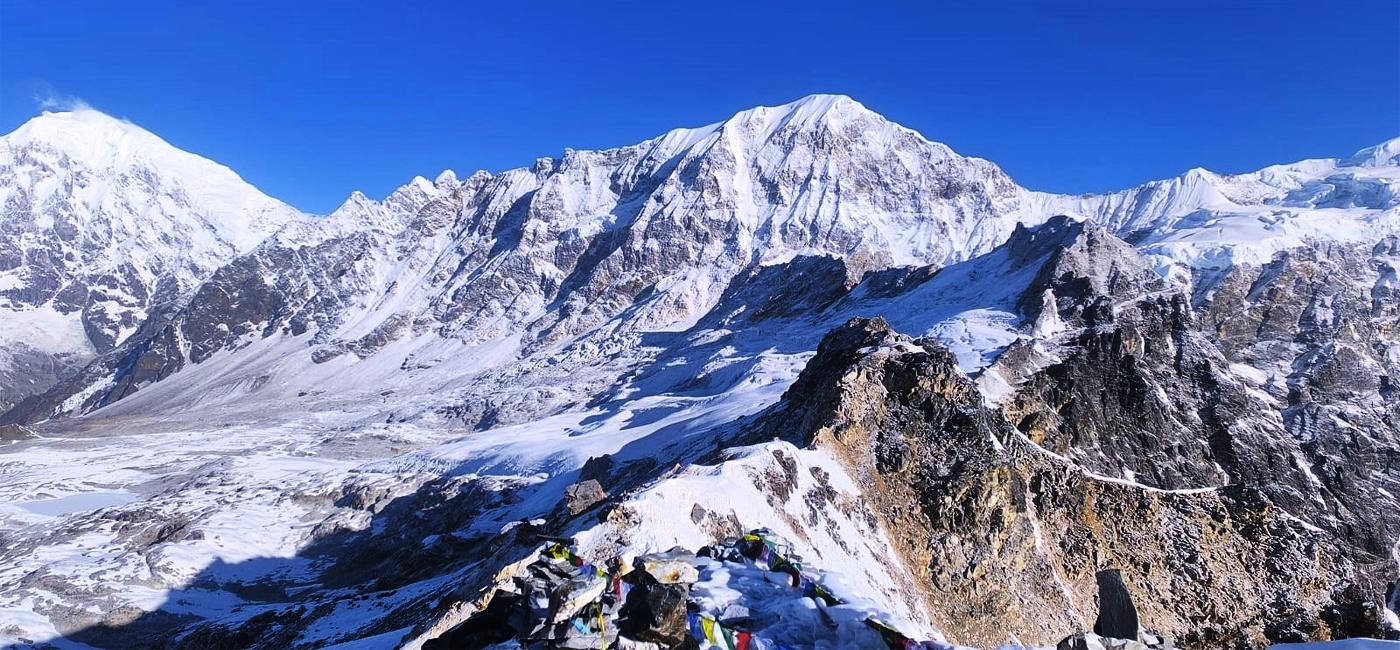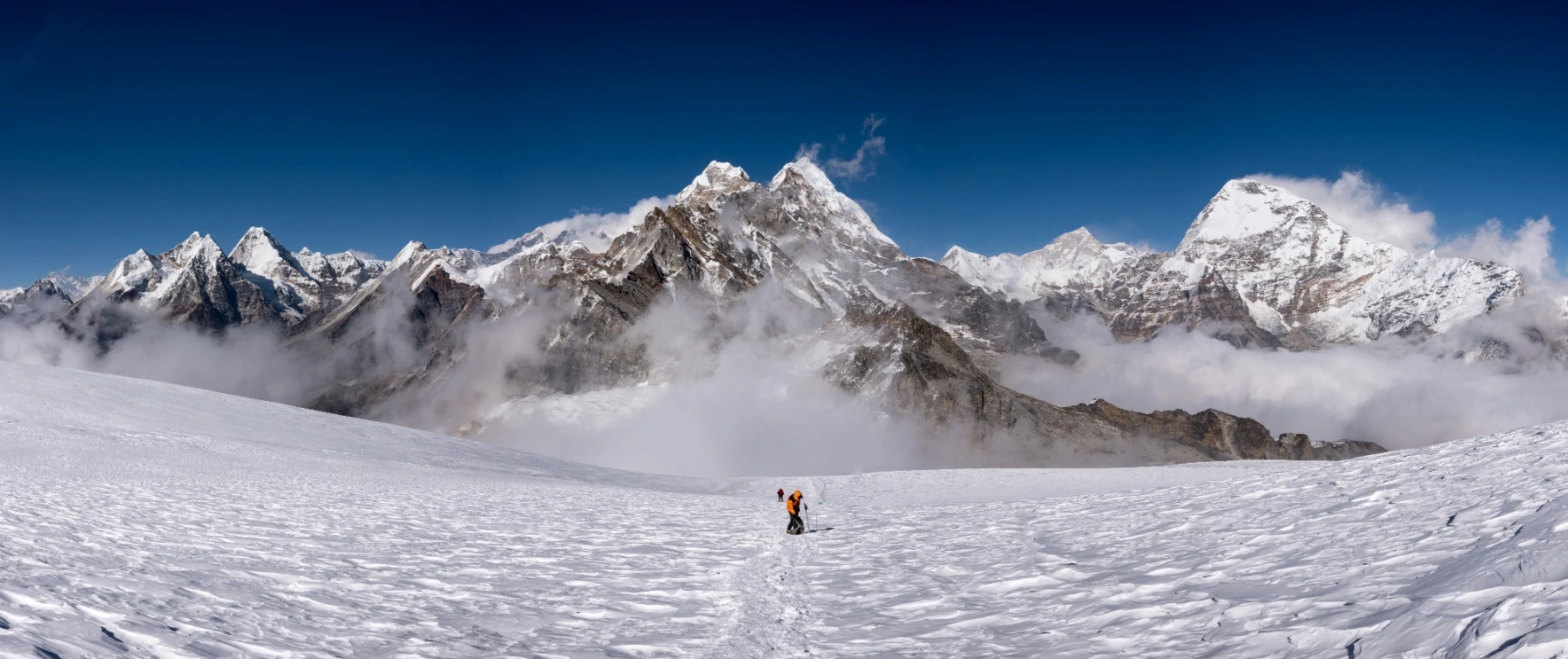Langtang Valley Treks Overview
The Langtang Valley Trek is a spectacular journey through one of Nepal’s most enchanting Himalayan regions. Located just north of Kathmandu, this trek offers a perfect blend of natural beauty, cultural richness, and moderate physical challenge. Known as the “Valley of Glaciers,” Langtang showcases stunning mountain vistas dominated by peaks like Langtang Lirung, Dorje Lakpa, and Langtang Ri. The trek is ideal for those seeking a rewarding Himalayan experience without the extreme altitudes found on some other routes.
As you progress through the trail, you’ll pass through dense rhododendron and bamboo forests, cascading waterfalls, and traditional Tamang and Sherpa villages. These communities offer a glimpse into unique Himalayan lifestyles and cultures, with warm hospitality and vibrant traditions. The path leads you to Kyanjin Gompa, a charming village famous for its monastery and cheese factory, where trekkers often rest and explore.
The Langtang Valley Trek is moderately challenging, with daily walks ranging from 4 to 7 hours. Unlike longer or higher treks, the maximum altitude is around 3,870 meters at Kyanjin Gompa, which makes it more accessible to those new to trekking or with limited time. Along the way, you’ll enjoy breathtaking panoramic views of glaciers, alpine meadows, and snow-capped peaks.
The trek also offers opportunities for day hikes from Kyanjin Gompa to nearby viewpoints and glaciers, enriching the overall experience. Local tea houses and lodges provide comfortable accommodation and traditional meals, making the journey comfortable yet authentic. The Langtang region’s close proximity to Kathmandu means the trek can be done within a week, ideal for travelers looking for a compact yet fulfilling Himalayan adventure.

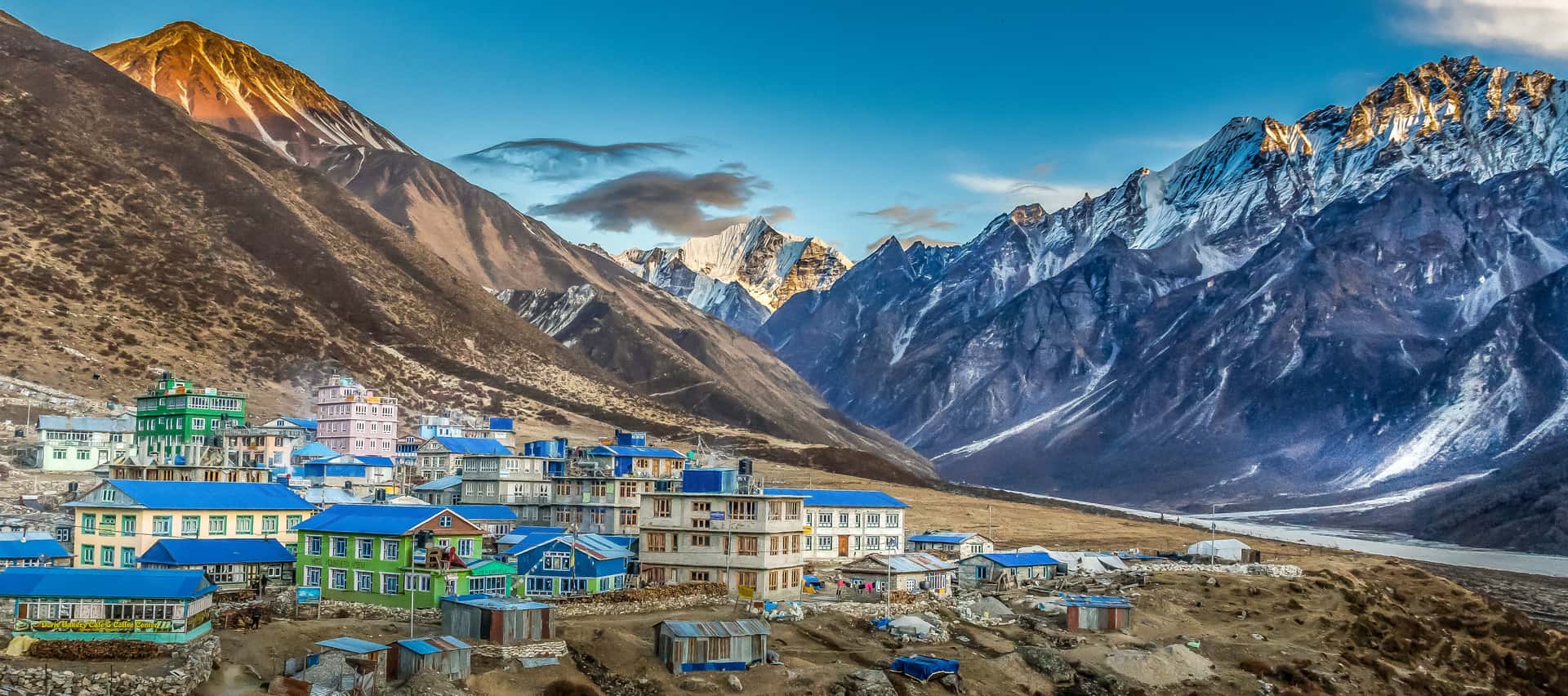

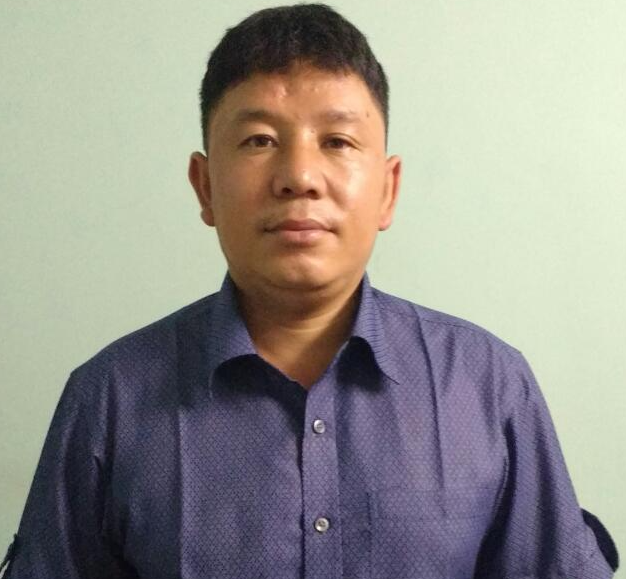 Have Questions?
Have Questions?
